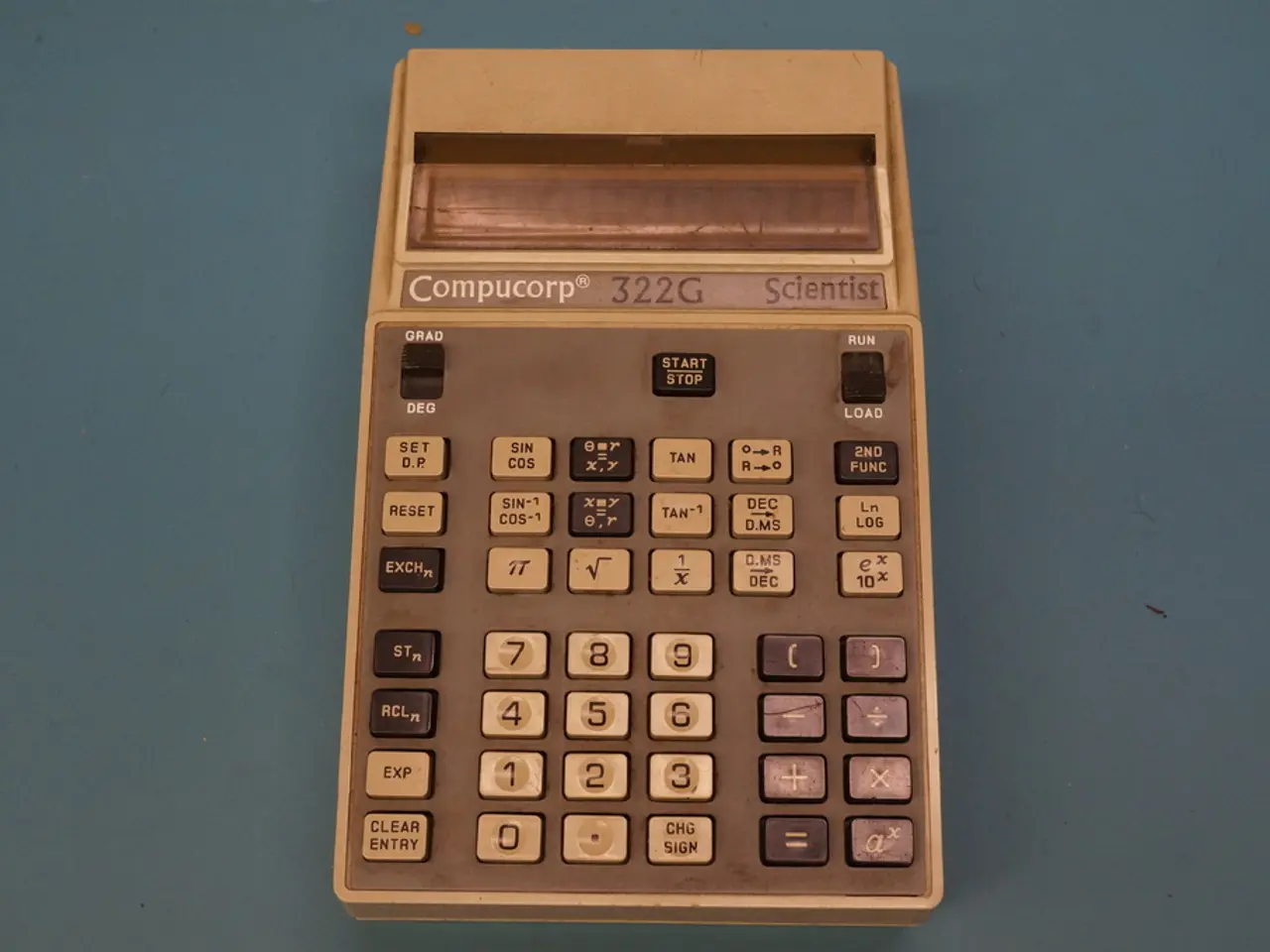Calculating the Simple Moving Average (SMA): Definition, Formula, and Computation Methods
The Simple Moving Average (SMA) is a fundamental technical analysis tool that plays a significant role in the stock market, helping traders identify trends, define support and resistance levels, and inform trading strategies.
### Trend Identification
The SMA smooths out price fluctuations by calculating the average price over a specific time period, giving equal weight to all data points in the period. When the stock price is consistently above the SMA, it signifies an uptrend, indicating bullish market conditions. Conversely, if the price remains below the SMA, it suggests a downtrend and bearish sentiment. The direction of the SMA itself also indicates trend momentum: a rising SMA implies an upward trend, while a declining SMA points to downward momentum.
Traders often look at crossovers, such as a short-term SMA crossing above a long-term SMA (like the 50-day crossing above the 200-day), which is a classic bullish signal (golden cross), whereas the opposite is bearish (death cross).
### Support and Resistance
The SMA acts as a dynamic support or resistance level depending on price action. When prices are above the SMA, the moving average can serve as a support level where prices might bounce upwards after a pullback to the SMA, offering potential buying opportunities. Conversely, when prices are below the SMA, it often acts as a resistance level, hindering upward price movements and signaling potential selling opportunities if the price fails to break above it.
### Trading Strategies
Traders use SMA positions to confirm trend direction and follow the dominant market momentum, entering long positions when the price is above the SMA and short or exit when below. The crossing of different SMAs (e.g., 50-day over 200-day) generates trade signals. A bullish crossover suggests entering a long position, while a bearish crossover suggests selling or shorting. During uptrends, traders watch for price retracements to the SMA to enter trades at favorable prices when the moving average acts as support.
The SMA's ability to smooth price data helps filter out market noise, preventing reaction to short-term volatility and reducing false trade signals.
Overall, the SMA is a versatile and widely trusted indicator that offers clear visual cues about market trend strength, key price levels, and strategic entry/exit points for traders in the stock market.
- Intriguingly, the Simple Moving Average (SMA) is not only used for identifying trends, but also for selecting optimal investment opportunities within the stock market.
- When making business decisions related to the stock-market, it's essential to consider the SMA, as it not only helps in determining trend momentum but also provides significant support and resistance levels for investing.




